Understanding Bolt Patterns
When it comes to selecting new wheels, understanding bolt patterns is essential. Bolt patterns ensure that your wheels will mount securely to the vehicle. This guide explains bolt patterns and how to measure them.
What is a Bolt Pattern?
A bolt pattern, also known as a lug pattern, refers to the arrangement of the bolts that secure the wheel to the vehicle’s hub. It is typically represented as a combination of two numbers: the number of bolt holes (or lug holes) and the diameter of the circle they form. For instance, a “5x114.3” bolt pattern means the wheel has 5 lug holes arranged in a 114.3-mm diameter circle.
Why Bolt Patterns Matter
Choosing the right bolt pattern is crucial because it directly affects the wheel’s compatibility with your vehicle. An incorrect bolt pattern will prevent the wheels from mounting securely or lead to wobbling. Therefore, understanding your vehicle’s bolt pattern is necessary for selecting wheels that fit properly and ensure a safe, smooth ride.
Common Bolt Pattern Configurations
-
4-Lug Patterns (e.g., 4x100, 4x114.3): These are often found on smaller cars and compact vehicles. A 4-lug pattern uses four evenly spaced bolts to secure the wheel to the hub.
-
5-Lug Patterns (e.g., 5x100, 5x114.3, 5x120): The most common bolt pattern for cars, trucks, and SUVs. The 5-lug configuration provides a balance of strength and stability, making it a popular choice for many manufacturers.
-
6-Lug Patterns (e.g., 6x135, 6x139.7): Often used for trucks, SUVs, and larger vehicles that need a stronger connection for handling heavier loads.
-
8-Lug Patterns (e.g., 8x165.1, 8x170): Primarily found on heavy-duty trucks and large vehicles that require maximum strength for towing or heavy hauling.

How to Measure Bolt Patterns
To ensure a proper fit, it’s essential to measure the bolt pattern accurately. Here’s how to measure different configurations:
4-, 6-, and 8-Lug Patterns
For even-numbered bolt patterns (4, 6, or 8), measure the distance between the centers of two opposite bolt holes. This measurement represents the diameter of the bolt circle.
5-Lug Patterns
For a 5-lug pattern, measure the distance between the center of one lug hole and the outer edge of the lug hole directly across from it (do not measure from hole to hole directly next to each other). This diagonal measurement represents the diameter of the circle the bolts form.

How to Find Your Vehicle’s Bolt Pattern
You can use our Wheel Finder by entering your vehicle's model and year.

You can also find the bolt pattern stamped on the wheel itself or on the hub. If these options aren’t available, consider measuring it yourself or consulting a wheel professional to determine the correct pattern.
Hub-Centric vs. Lug-Centric Wheels
In addition to the bolt pattern, it's essential to understand the difference between hub-centric and lug-centric wheels:
Hub-Centric Wheels
The center bore of a hub-centric wheel is designed to match the diameter of the vehicle’s hub, allowing the wheel to center itself on the hub. This configuration offers a more stable fit and is standard for many OEM (Original Equipment Manufacturer) wheels.
Lug-Centric Wheels
The wheel is centered by the lug nuts rather than the hub bore. This design is common in aftermarket wheels to make them compatible with various vehicles. However, lug-centric wheels may require additional balancing and may not offer the same stability as hub-centric wheels.
Why Some Wheels Have Multiple Bolt Patterns
Some aftermarket wheels are manufactured with multiple bolt patterns, also known as multi-fit wheels. For instance, a wheel may have both 5x100 and 5x114.3 patterns, making it compatible with different vehicles. This design provides flexibility, but it’s essential to ensure that one of the bolt patterns aligns precisely with your vehicle’s lug configuration.
What’s the difference between “PCD” and “bolt pattern”?
“PCD” stands for Pitch Circle Diameter, which is essentially the bolt pattern measurement. For example, 5x114.3 is a bolt pattern with a PCD of 114.3 mm across 5 lugs.





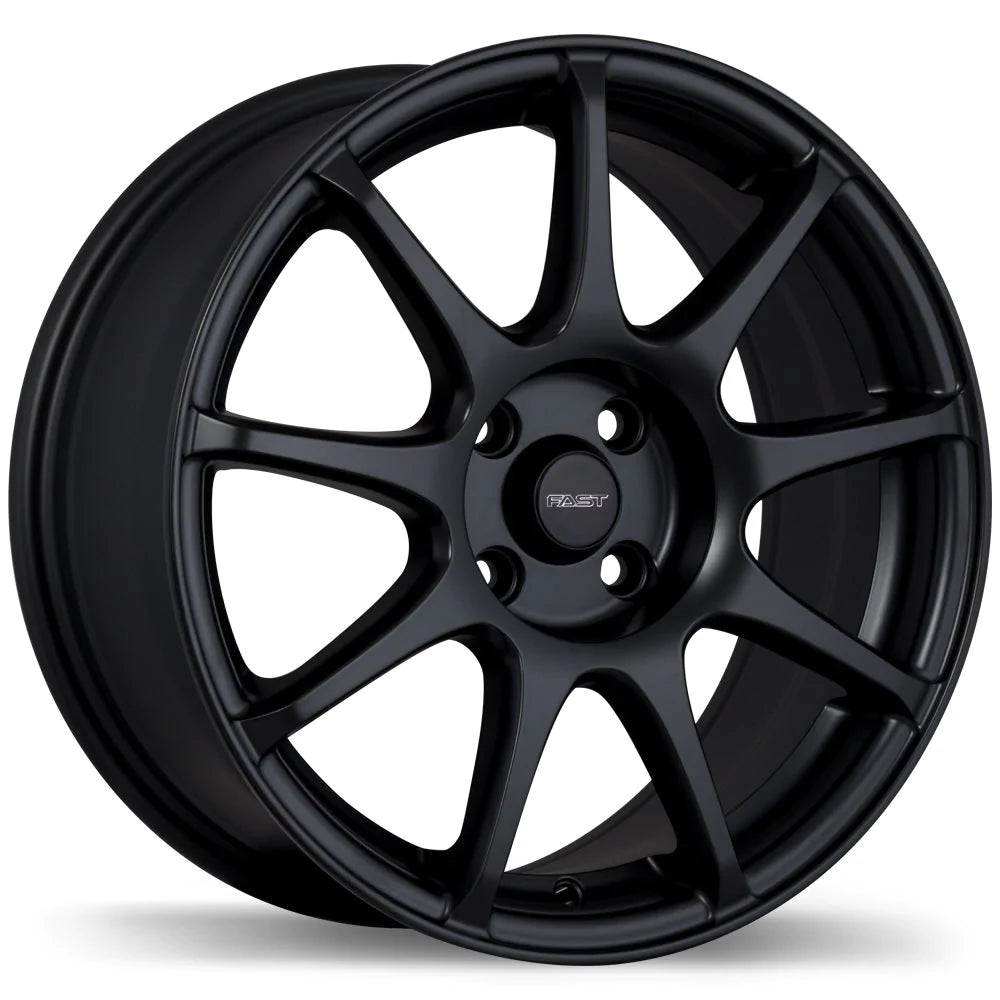
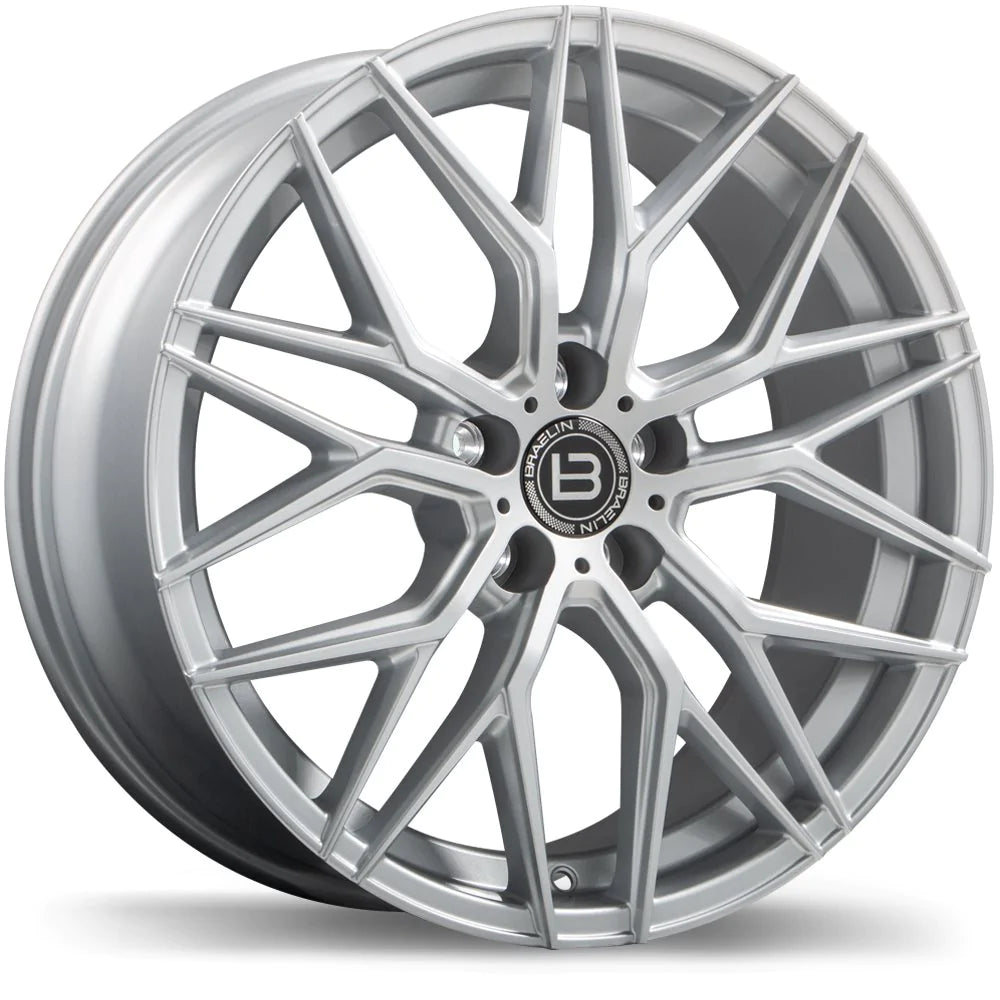
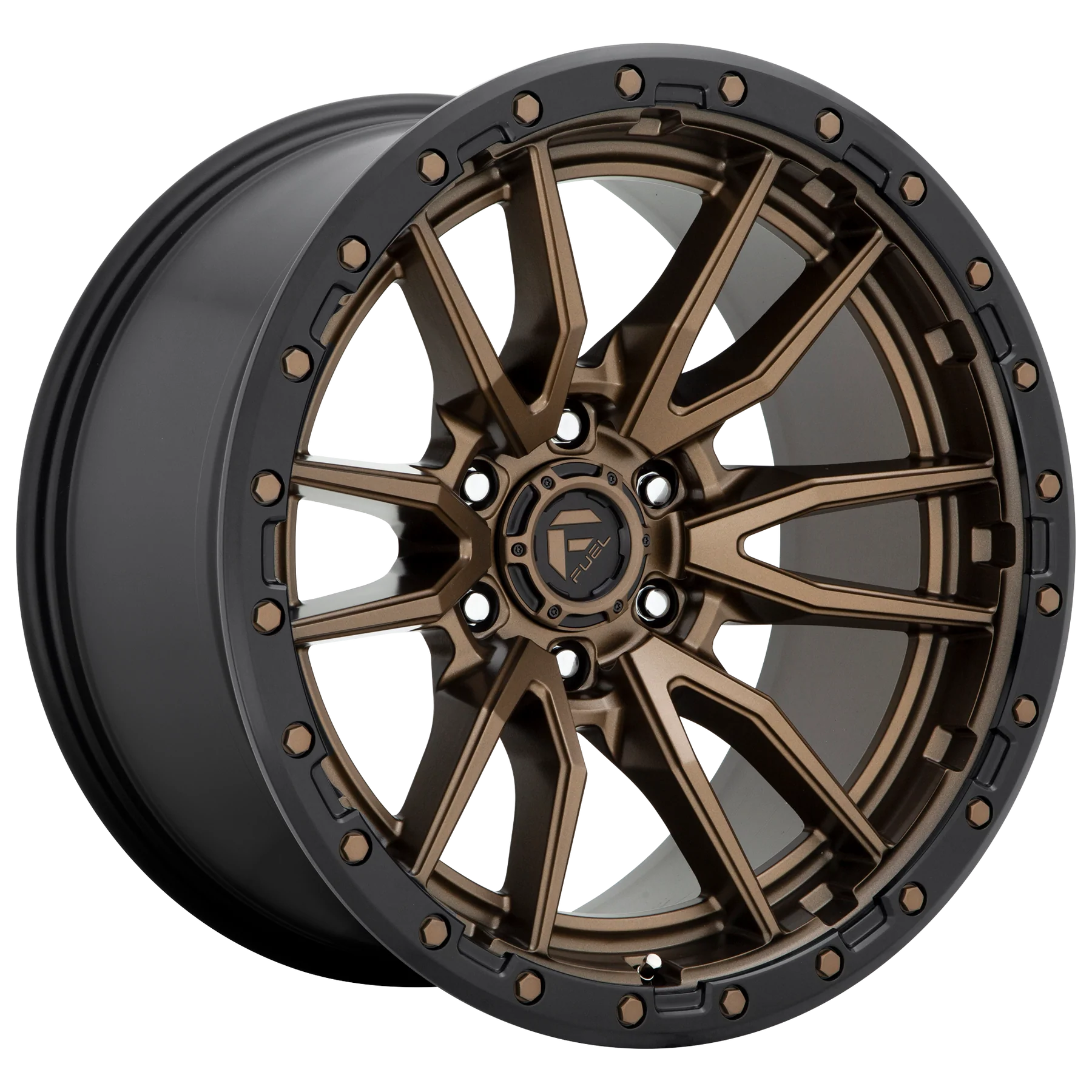
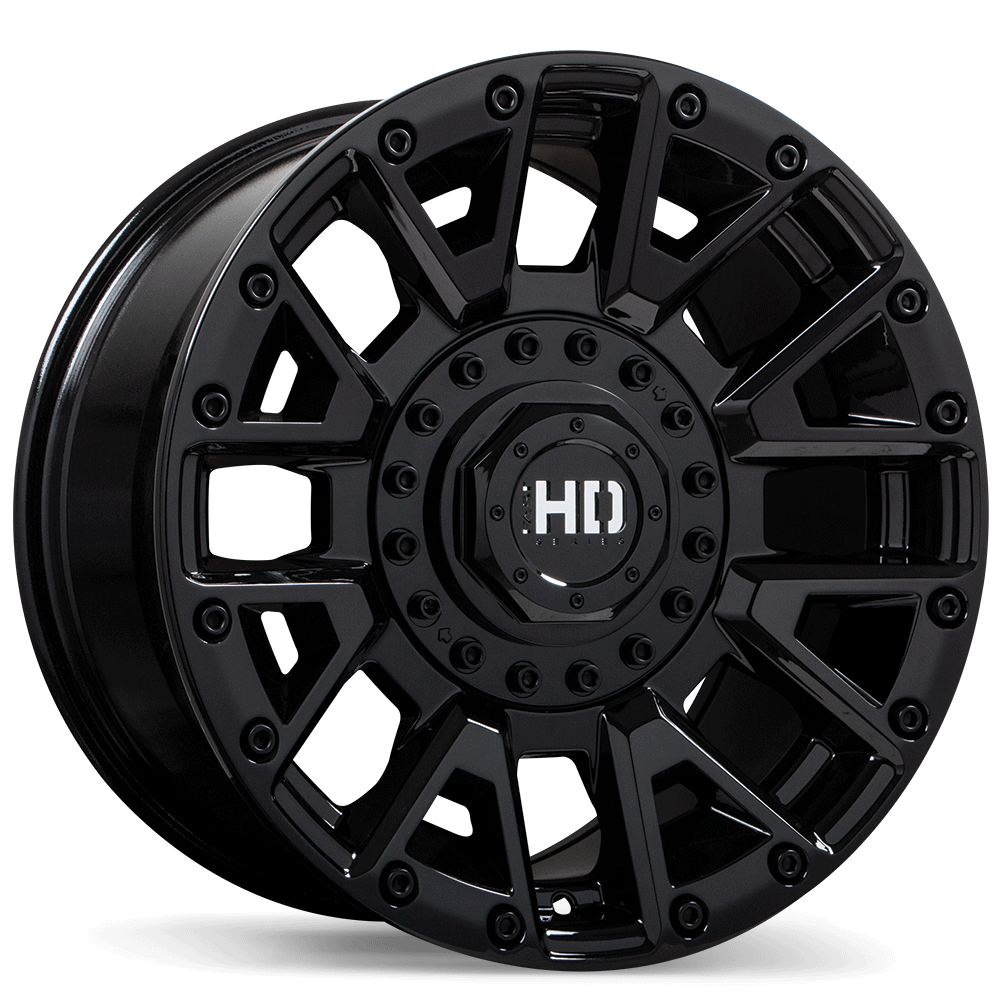
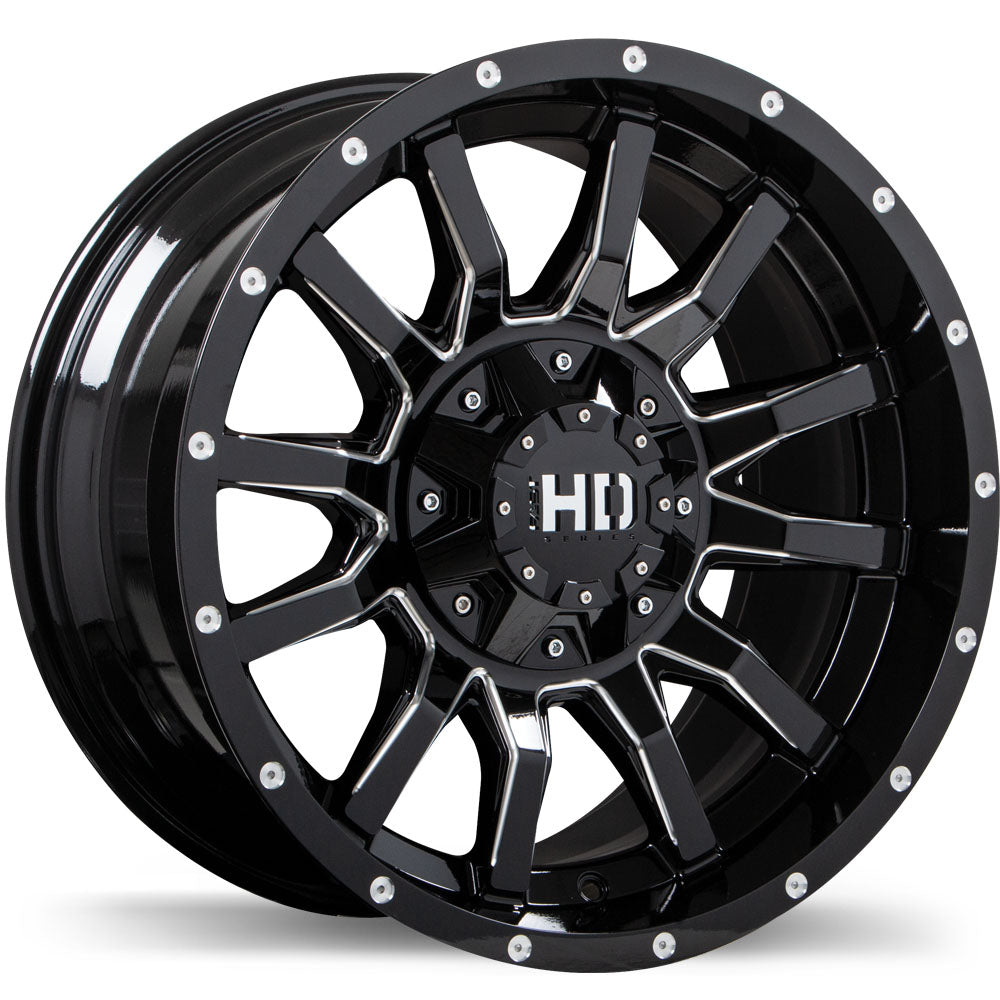

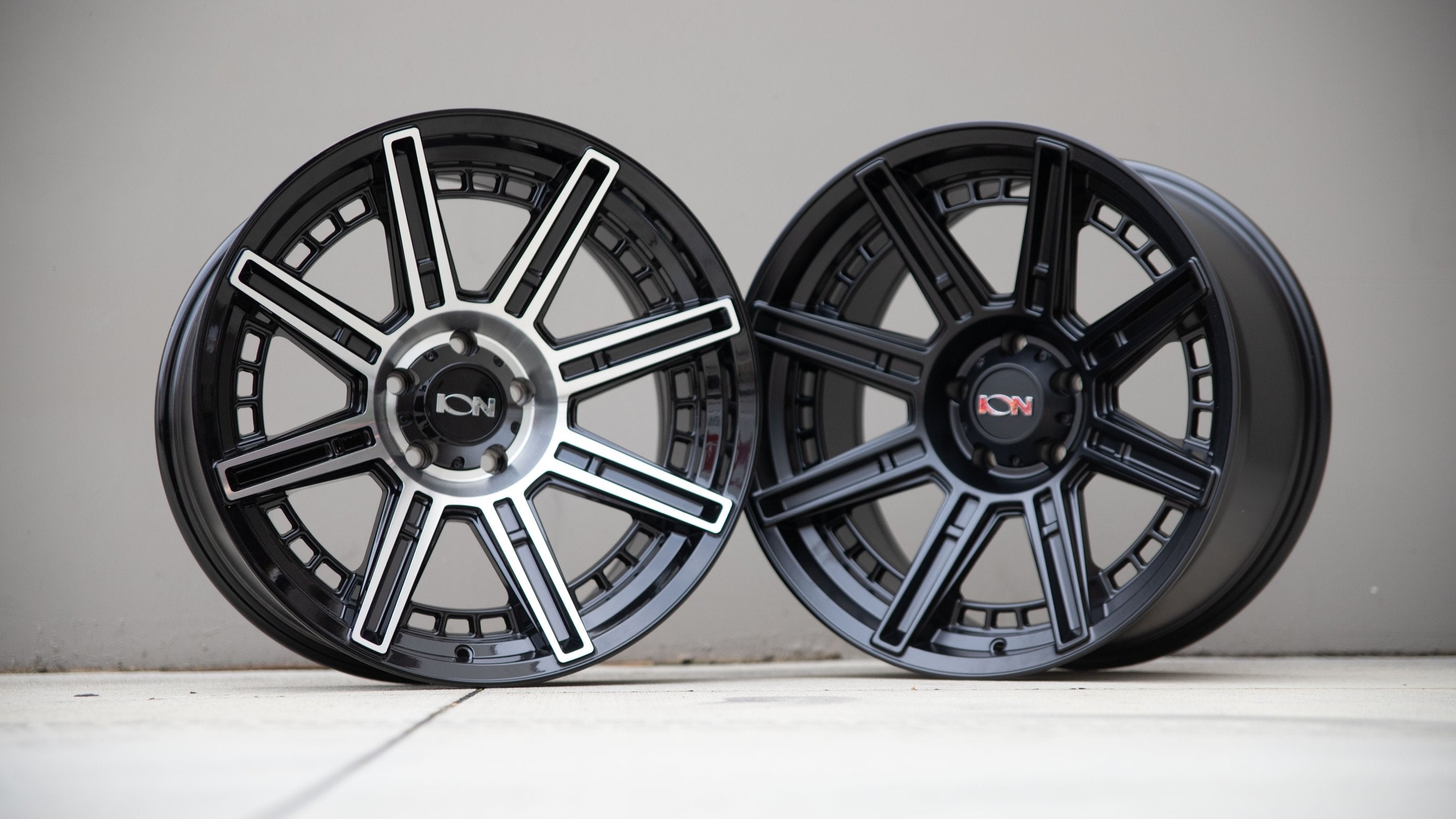
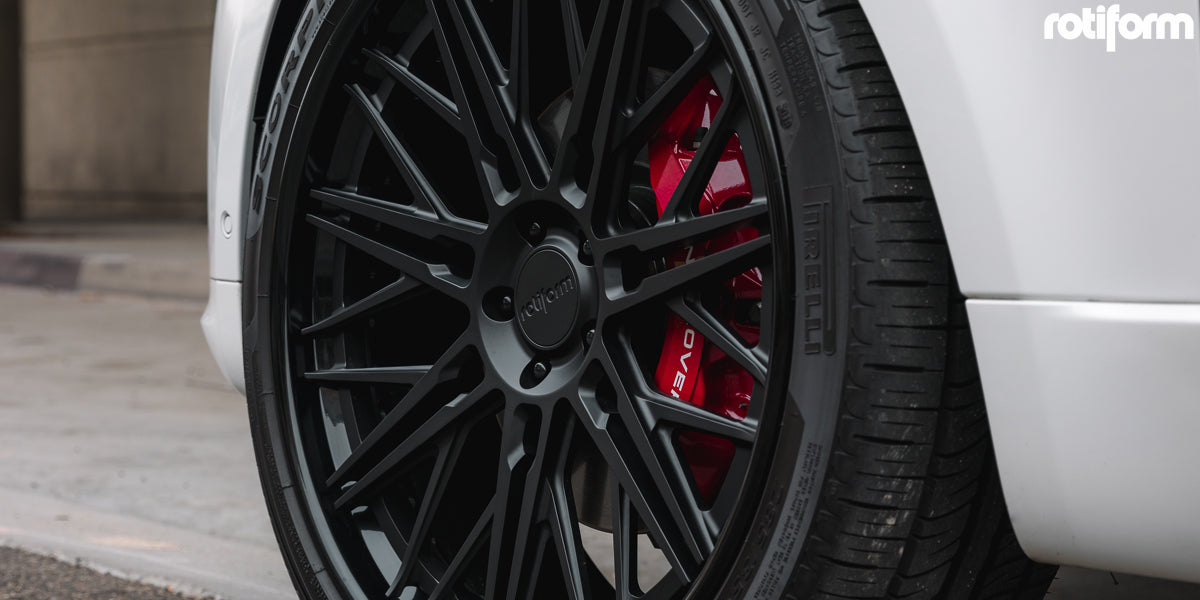

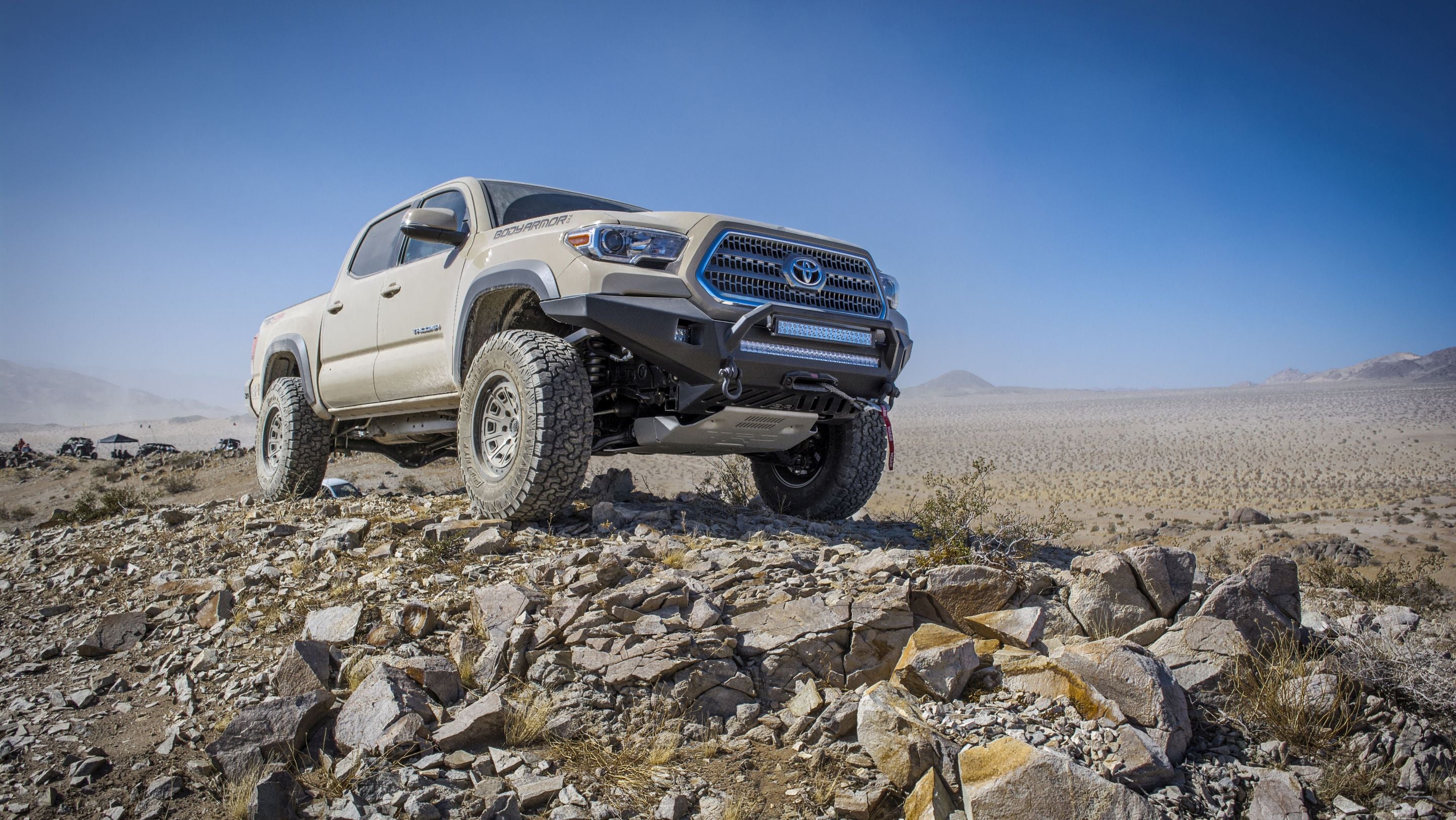
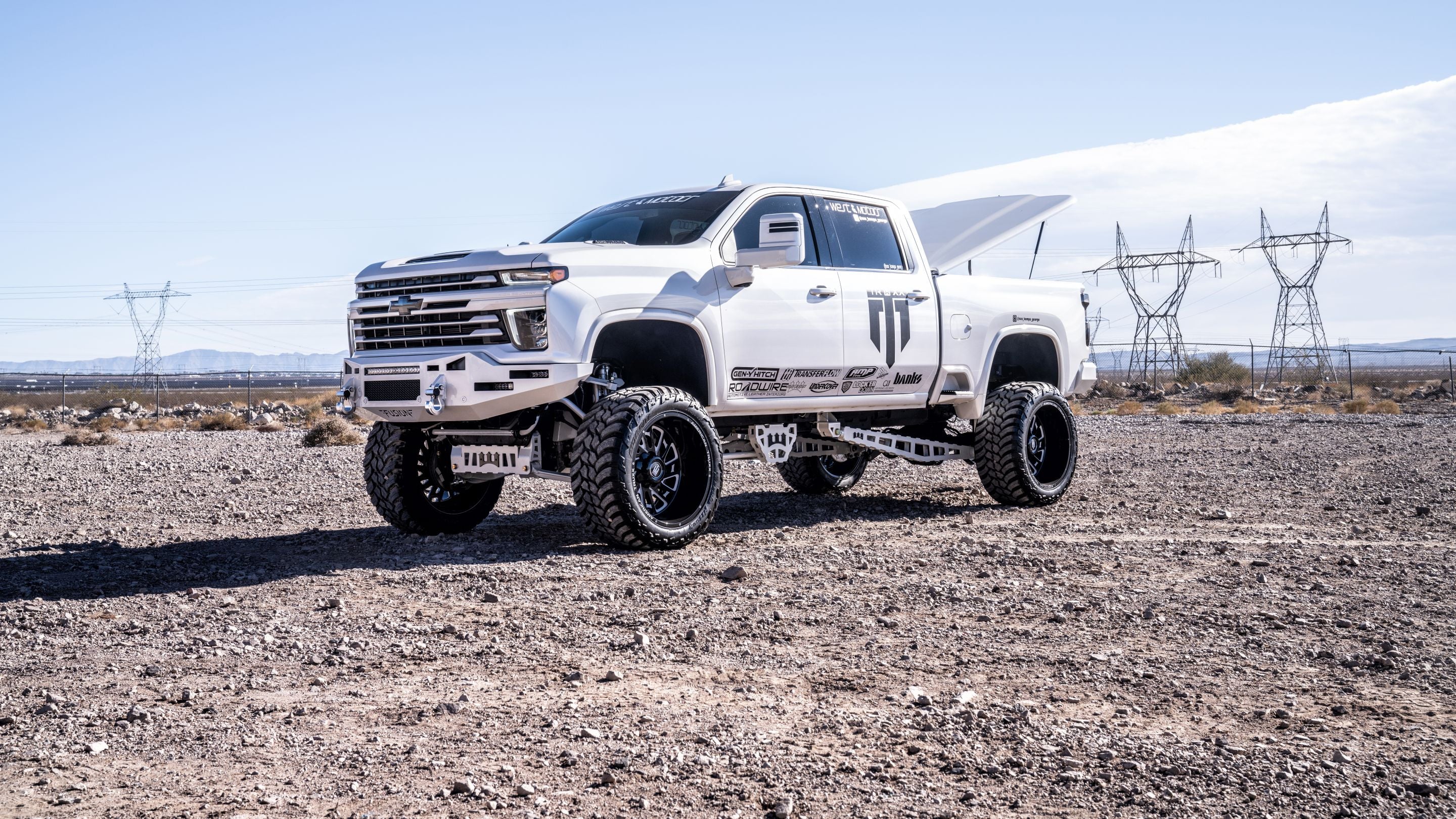
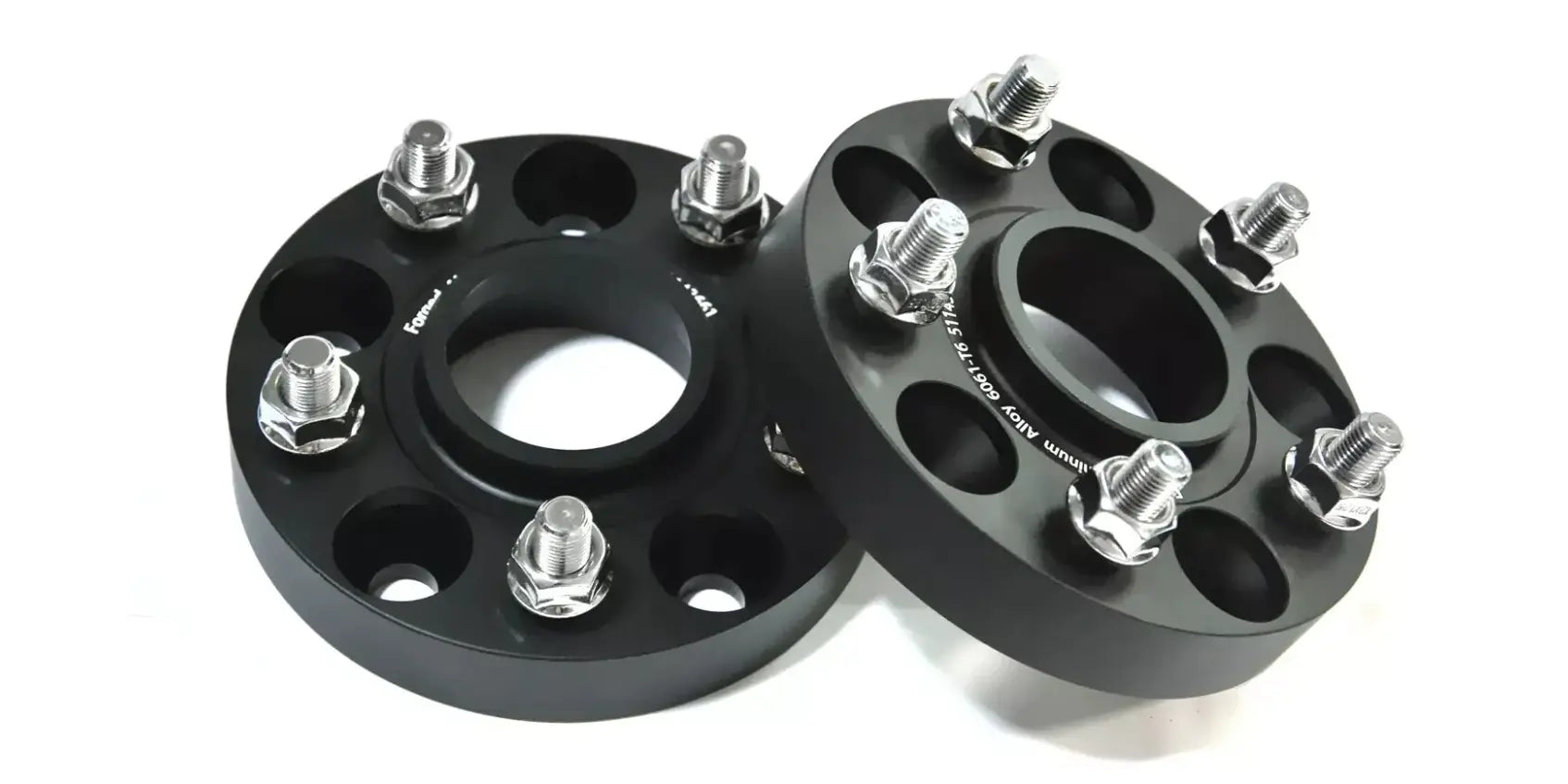
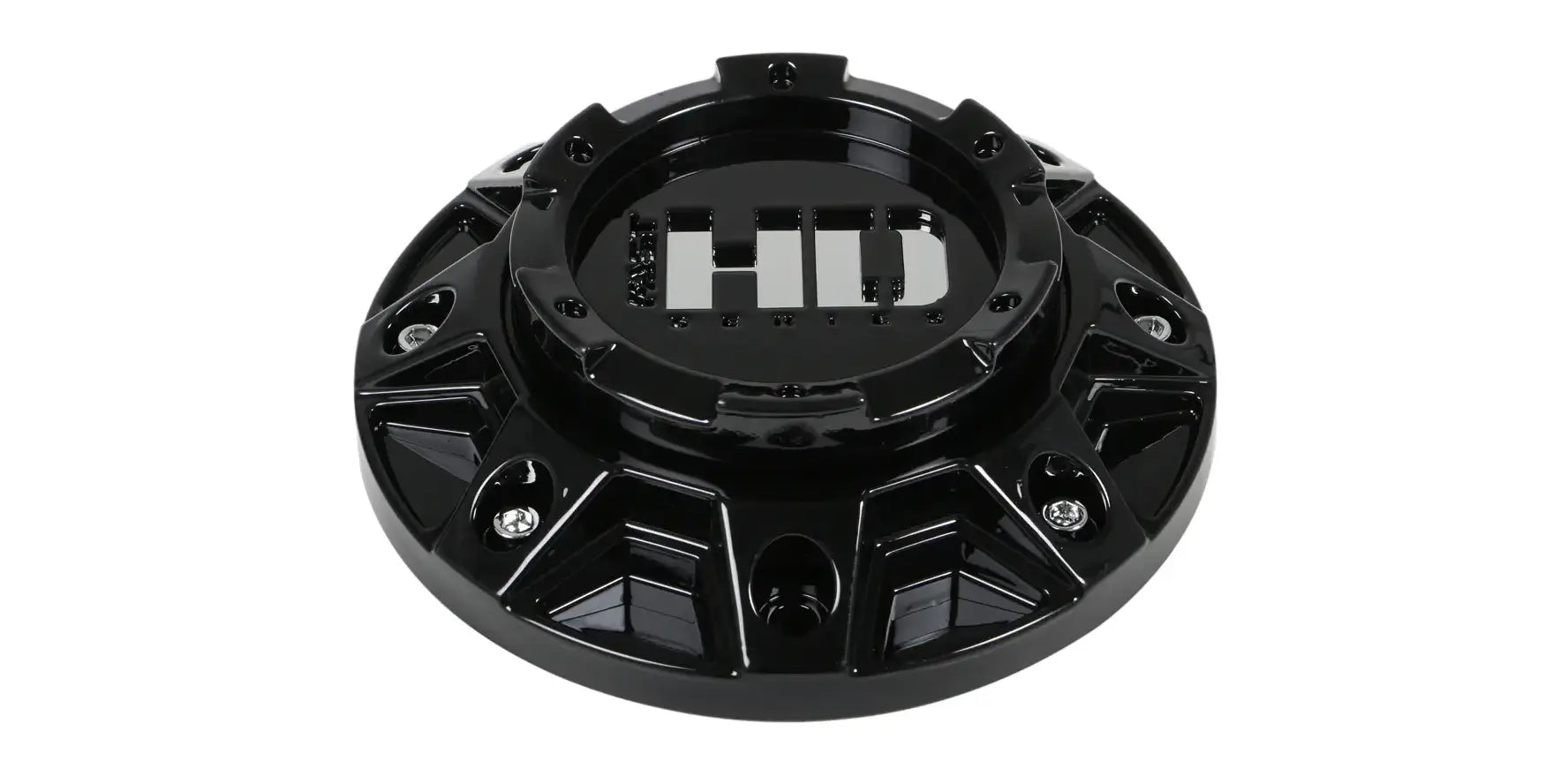
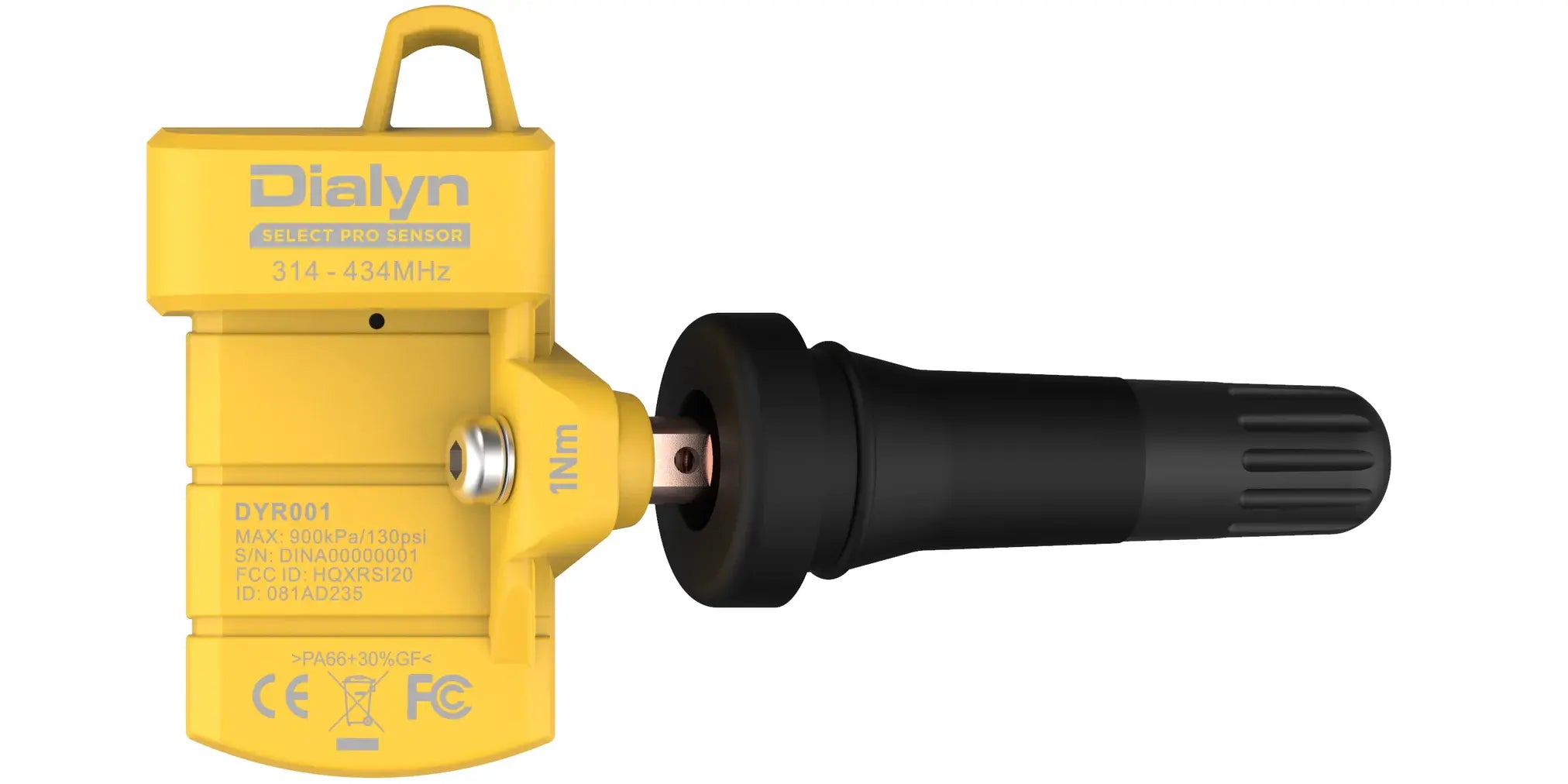

Leave a comment